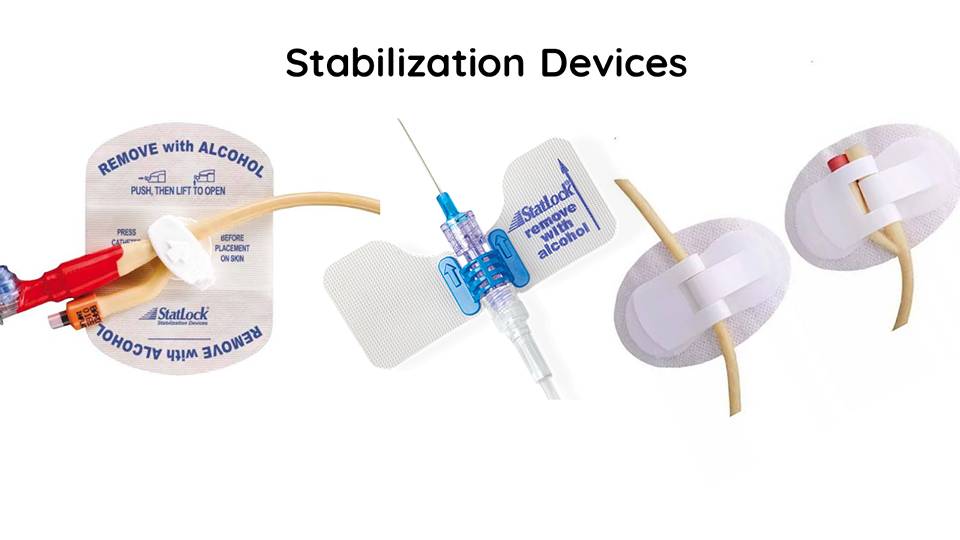
The Role of Stabilization Devices in Modern Healthcare
In the swiftly advancing world of modern medicine, technology plays an ever-increasing role in enhancing patient care and improving outcomes. Among the numerous medical innovations, one unsung hero that has significantly improved patient experience and safety is the stabilization device. While seemingly unassuming, these devices serve a critical function in diverse medical applications, contributing significantly to the efficiency and effectiveness of healthcare delivery.
To fully appreciate their role, we must delve into what stabilization devices are, how they function, and their application in modern healthcare. By doing so, we hope to shed light on these important tools that greatly assist in achieving better patient outcomes.
What Are Stabilization Devices?
Stabilization devices, as the name suggests, are used to secure medical appliances or components in place. These can include catheters, tubes, lines, or other medical equipment inserted into the body for various medical reasons. Their primary role is to prevent unnecessary movement or dislodgement, reducing the risk of complications, improving patient comfort, and ensuring the effectiveness of medical interventions.
Why Are Stabilization Devices Important?
Stabilization devices provide a trifecta of benefits - safety, efficiency, and comfort.
Safety: The primary function of a stabilization device is to secure medical components, preventing accidental dislodgement or movement. This reduces the risk of complications such as infection, tissue damage, or interruption of treatment.
Efficiency: By securely holding medical devices in place, stabilization devices allow healthcare professionals to administer treatment effectively and without interruption. This not only ensures optimal delivery of care but also increases healthcare efficiency by reducing the time and resources spent on reinserting dislodged equipment.
Comfort: Finally, stabilization devices enhance patient comfort by reducing the discomfort and anxiety associated with dislodged or moving medical equipment. This not only improves the patient's overall experience but also supports their recovery.
The Role of Stabilization Devices in Modern Healthcare
Stabilization devices have become a staple in various areas of healthcare. They are commonly used in intensive care units, surgery, dialysis centers, and other settings where medical appliances or components need to be secured.
For instance, in the field of intravenous (IV) therapy, stabilization devices are essential for securing IV catheters. This reduces the risk of catheter-related complications, such as infection or phlebitis, and ensures uninterrupted delivery of IV medications or fluids.
In respiratory care, stabilization devices are used to secure endotracheal tubes in patients requiring mechanical ventilation. By preventing accidental dislodgement of the tube, these devices play a vital role in ensuring patient safety and effective ventilation.
In the realm of peripherally inserted central catheters (PICC), the use of stabilization devices like the StatLock for PICC has significantly improved patient outcomes. This adhesive device securely holds the PICC line in place, reducing the risk of catheter migration or dislodgement. It also increases patient comfort and allows for greater mobility, significantly enhancing the patient's quality of life during treatment.
The Future of Stabilization Devices
As healthcare continues to advance, so too will the role of stabilization devices. With ongoing research and development, future stabilization devices are likely to be more efficient, safer, and more comfortable for patients. Moreover, as healthcare increasingly shifts towards outpatient and home-based care, the importance of reliable and user-friendly stabilization devices will only grow.
Innovations in Stabilization Devices
Innovation in medical technology is a continuous process, and stabilization devices are no exception. Many new developments aim to make these devices more efficient, secure, and patient-friendly. For instance, antimicrobial versions of these devices have been introduced to reduce infection rates. Others incorporate comfort-enhancing features like skin-friendly adhesive materials or designs that conform better to the body's contours.
Recent advancements have also seen the emergence of stabilization devices that are easier for healthcare providers to apply and for patients to maintain. This has been especially beneficial in home care settings where patients or caregivers may need to manage these devices independently.
Furthermore, the rise of digital health technology has opened up new possibilities. Future stabilization devices might feature integrated sensors to monitor the secure placement of medical equipment, alerting healthcare providers in case of dislodgement or movement. Such innovations could significantly improve patient safety and healthcare efficiency.
Stabilization Devices in Healthcare Education
The importance of stabilization devices underscores the need for their inclusion in healthcare education. Ensuring that healthcare professionals are adept in their use, and can educate patients about them, will help optimize their benefits. As technology advances, continuous education about these devices becomes even more vital.
Conclusion
In the intricate world of healthcare, every detail matters, and stabilization devices stand testament to this fact. Their role in maintaining safety, increasing efficiency, and improving patient comfort during treatment is pivotal. Innovations in this field are continually expanding their utility, from providing antimicrobial protection to enhancing patient autonomy in home-based care. As healthcare education embraces these devices, healthcare professionals become more proficient in their use, ensuring patients reap the full benefits. As we look ahead, it is clear that the role of stabilization devices will continue to evolve, remaining a cornerstone in the delivery of high-quality healthcare.

Comments (0)